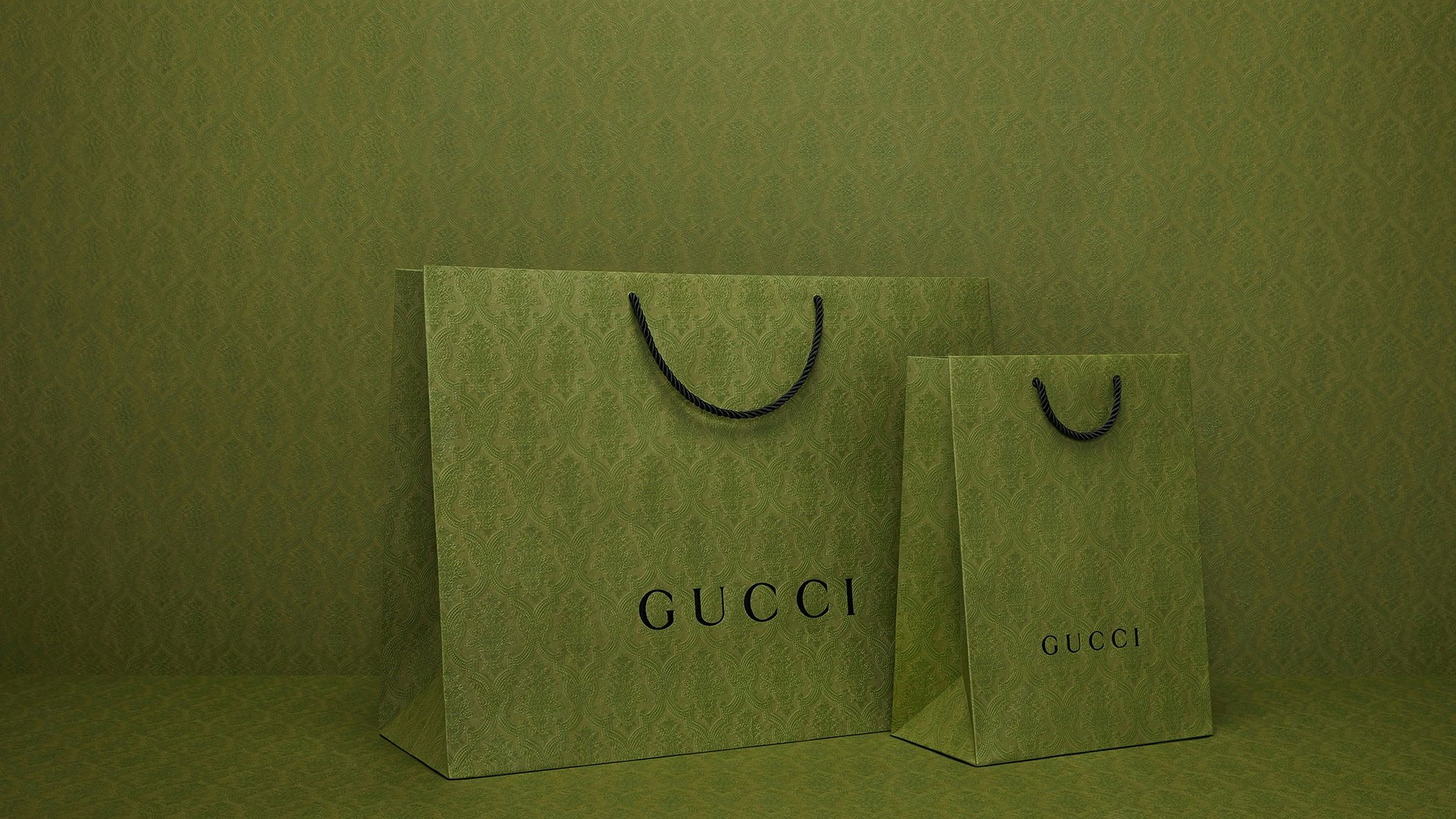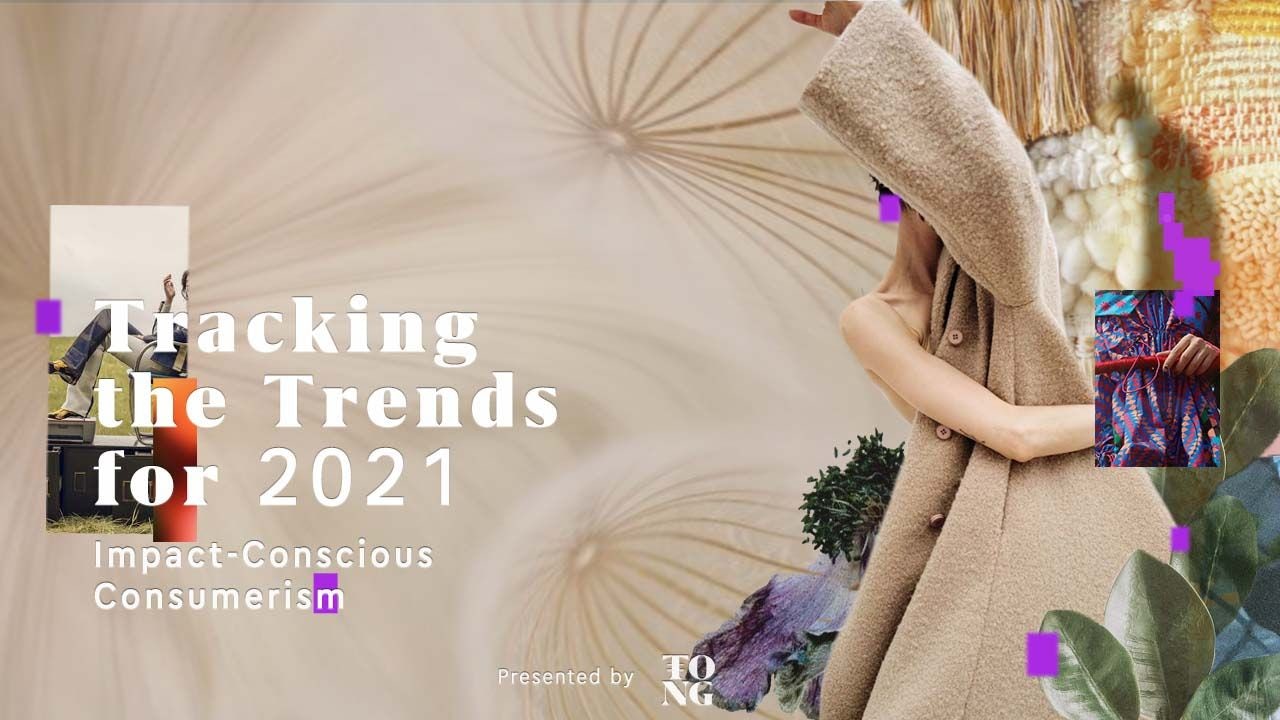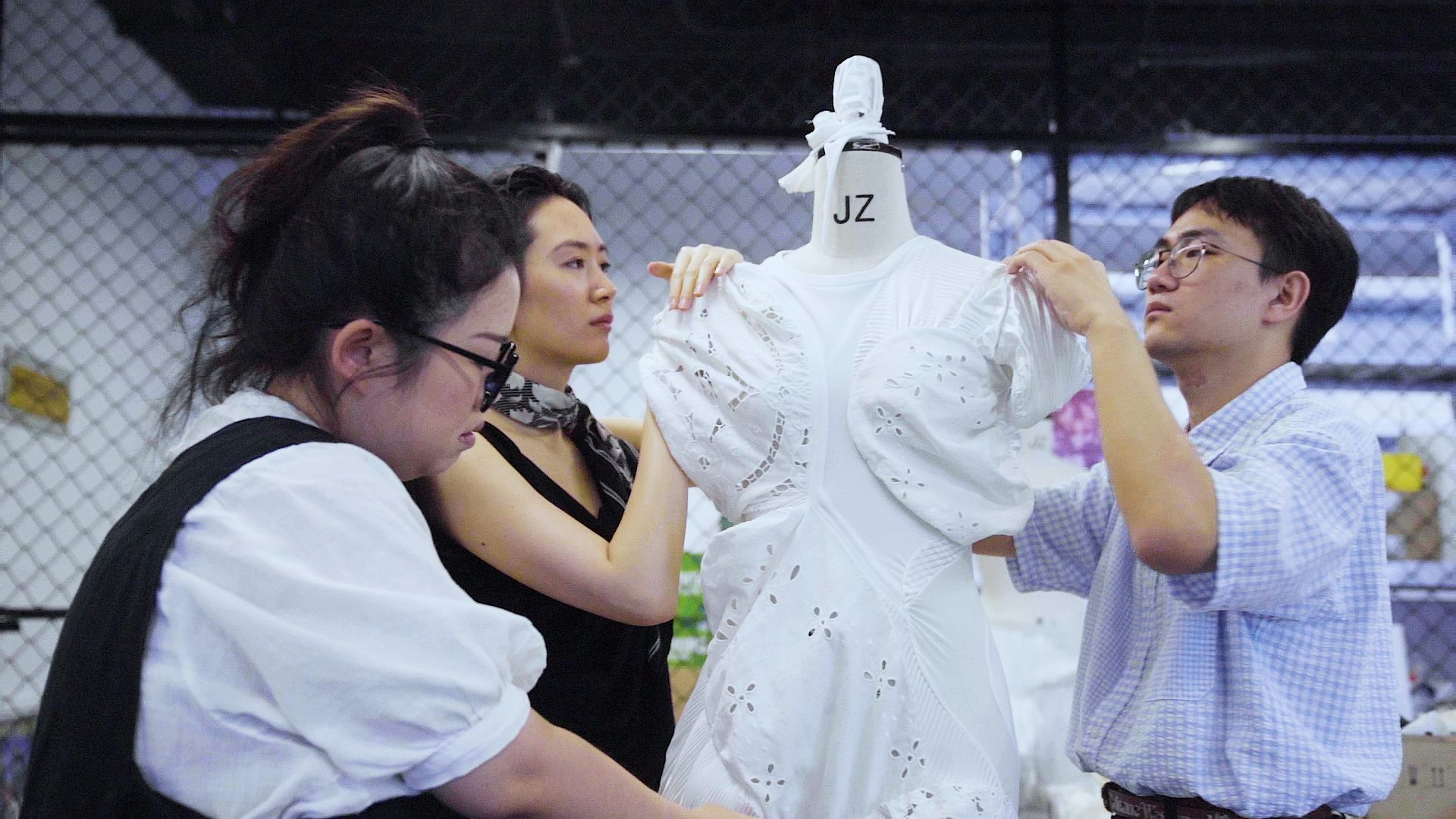Key Takeaways:#
Traditional customer groups for luxury brands — baby boomers and Gen Xers — focus less on sustainability. But younger generations are dramatically more concerned with the external side effects of what they consume.
Gen Zers perceive themselves as brands, and they associate themselves with brands that are extensions of themselves. That means “greenwashing,” aka sustainability lip service, is not convincing to these consumers.
Luxury brands must quickly find solutions for pre-owned items, as luxury consignment retailers now sell massive amounts of second-hand luxury items, sometimes at significantly higher price points.
“Luxury and sustainability are one and the same,” reads an opening statement by François-Henri Pinault, the owner & CEO of Kering (the luxury group that owns brands like Gucci, Saint Laurent, and Bottega Veneta) in the sustainability section of the company’s website. Gucci was the first luxury brand to ban fur from all their collections, which quickly made it a pacesetter in luxury sustainability.
https://www.youtube.com/watch?v=8R4omHg025s
Similarly, LVMH — the world’s leading luxury group — highlights on its corporate website that it “has made sustainable development a strategic priority since its founding.” It also showcases initiatives like its Environment Academy, which aims to raise awareness about sustainability and teach its employees how to protect the environment. These initiatives and others are important since they signal that the leading luxury houses always have sustainability in mind. As such, they are critical catalysts for other initiatives.
A much stronger focus on sustainable luxury is needed to help protect the environment, increase care for animals, and reuse or recycle wherever possible. But it’s also necessary because of a radical change in consumer expectations.
Traditional customer groups for luxury brands — baby boomers and Gen Xers, who are all over forty — used to focus less on sustainability and more on product performance, materials, and craftsmanship. But younger generations are dramatically more concerned with the external side effects of what they consume.
An important trait of Generation Z, today’s most influential and trendsetting consumer group for luxury brands, is that they perceive themselves as brands. When they broadcast their lives through social media, the brands they associate themselves with are extensions of their personal brands. Therefore, sustainability is important to most of them, and they will only associate themselves with brands that are sustainable at their core. That means “greenwashing,” aka sustainability lip service, is not convincing to these consumers, and they are increasingly voting with their wallets for the brands that back up their talk.
Many brands see this change as a problem to which they must react. But instead, they should look at sustainability as an exciting opportunity to create extreme value and add appeal to their brands. Recently, I had the chance to discuss the state of sustainable luxury with Tom Szaky, the CEO of Terra Cycle, who I’ve known for many years. By the end of our discussion, we concluded that sustainability was now the number one opportunity for luxury brands.
“While you would expect luxury brands to be the innovators and frontrunners around sustainability, they are just gradually catching up now,” he stated. The innovation leadership that moved the old linear economy towards a new circular one is being driven by fast-moving consumer goods companies, not luxury brands.
This reality is a failure of luxury leadership. The allure of luxury comes from its ability to innovate and influence. The desire for it is driven by the unique initiatives that stretch the limits of our imaginations. Luxury brands are obliged to be more daring when it comes to sustainability, as it's one of their best opportunities to disrupt and achieve disproportionate revenue and profit growth in their respective markets.
But to do that requires a radically different approach. In my MasterClasses on sustainable luxury, I say that simply implementing more sustainable initiatives is not the same as being a sustainability innovator. While catching up is better than doing nothing, it will not give companies a competitive advantage.
Instead, companies should think outside of the box. They need to ask questions like: How can we reimagine waste and create something out of it that is desirable? How can we reuse things rather than dispose of them while dramatically increasing the allure of our brand? How can we create a more profitable lifetime relationship with our customers by buying back items they bought and upgrading them to newer ones? Unfortunately, most brands still think linearly and transactionally instead of building circular relationships with customers.
Brands need to think big and create a competitive advantage with a circular business model that differentiates. As part of this thinking, luxury brands must quickly come up with solutions for pre-owned items. Luxury consignment retailers like The RealReal, which offer second-hand luxury items, sometimes at significantly higher price points than their original ones, are a reality today.
Luxury brands will have to decide whether they want to give their customers a circular, end-to-end brand experience that fosters relationships or if they are going to leave the lucrative resale field to third parties. History has shown that coming late to the party almost certainly means losing customers and generating significantly less brand equity than more innovative competitors.
But that also means brand storytelling has to go beyond just talking about sustainability. If there is nothing more, then they are just using a buzzword. The future of sustainable luxury is creating desire-inducing brand narratives that connect sustainability with the brand’s strategy. Only that will create lasting extreme customer value.
Success will depend on a brand’s ability to go beyond the norm and redefine luxury. But I am excited about the opportunities in sustainable luxury's story, which is only just beginning.
Daniel Langer is CEO of the luxury, lifestyle and consumer brand strategy firm Équité, and the professor of luxury strategy and extreme value creation at Pepperdine University in Malibu, California. He consults some of the leading luxury brands in the world, is the author of several luxury management books, a global keynote speaker, and holds luxury masterclasses in Europe, the USA, and Asia. Follow @drlanger



